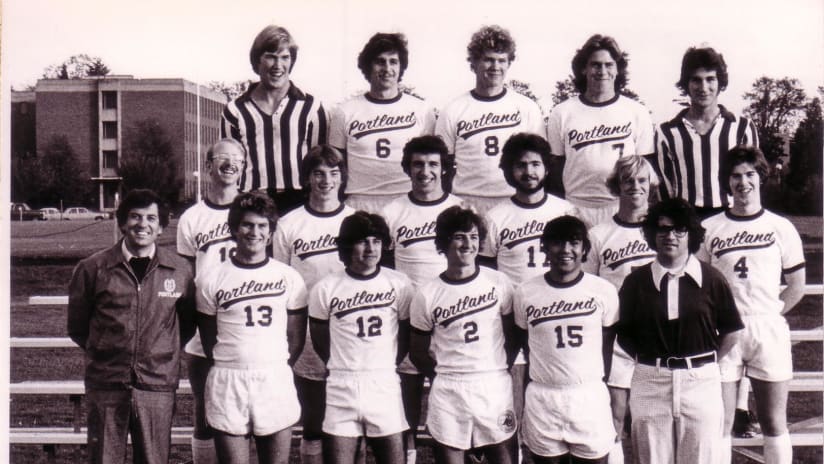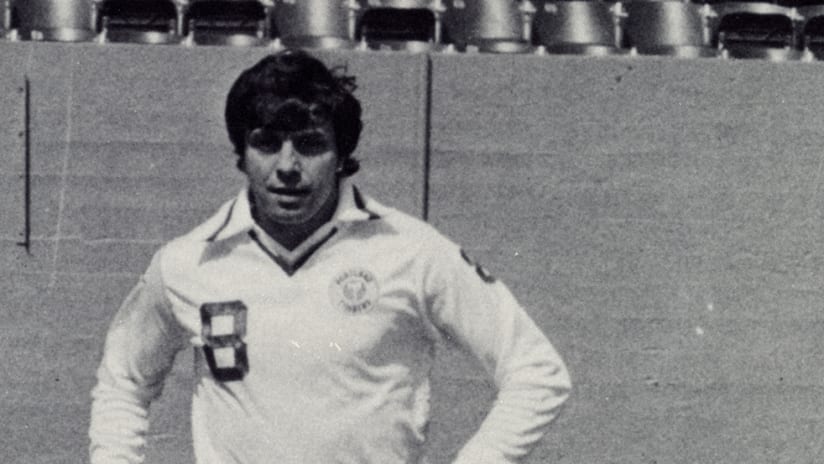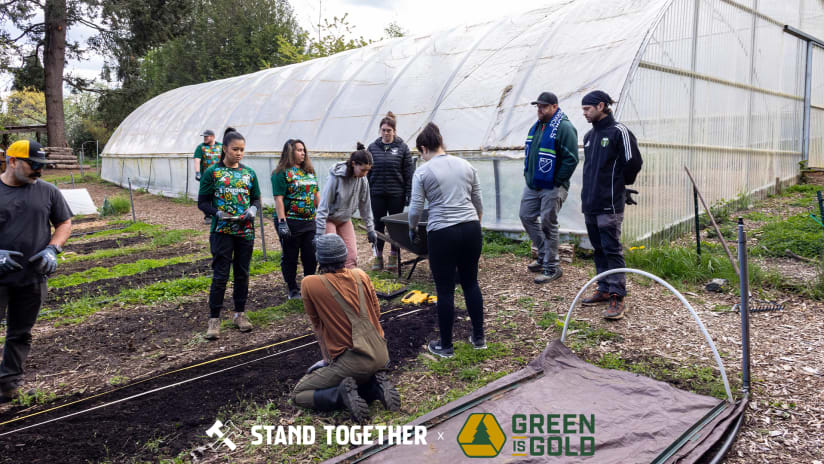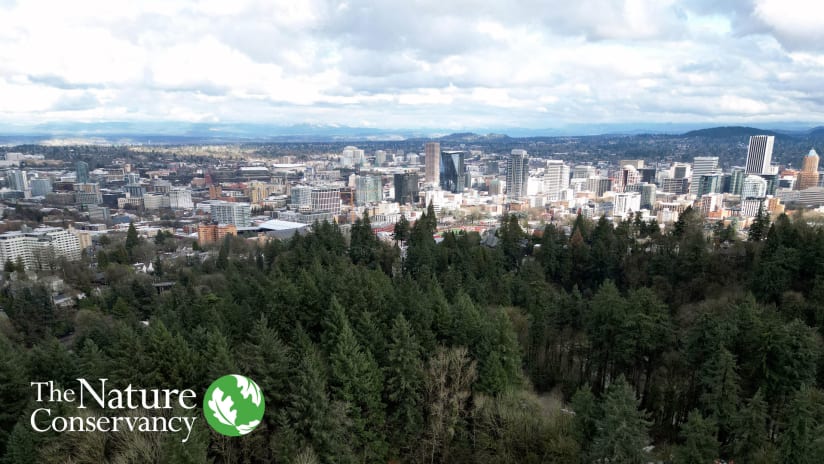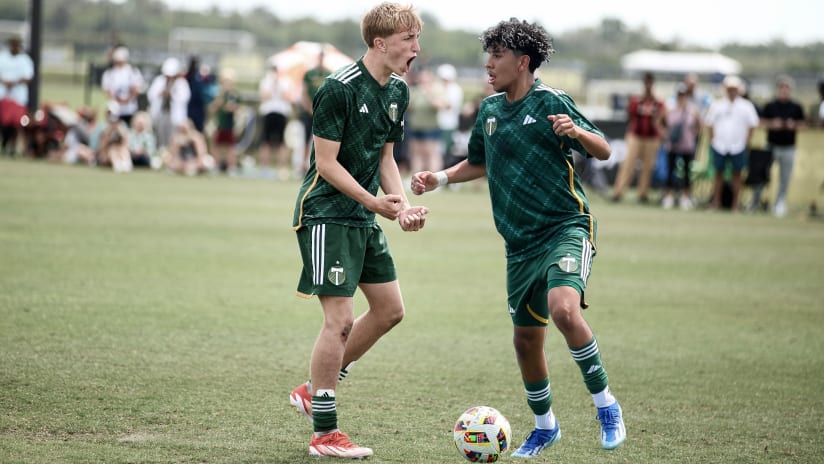Typical Timbers fans might seem to be axe-wielders with a 1,000 yard stare, but they are as likely to be handling a tablet as tree-felling equipment. In a town where Adobe wizards and wheat paste poster makers not only thrive but often coexist in the same body, it’s no surprise that the competition to brand an Alaska Airlines airplane has really taken off.
Announced on Jan 27, the public has until Feb. 15 to submit designs. So far hundreds of entries have poured in according to the Timbers’ offices.
Users work on a blank template of a Boeing 737-700 which is posted on PortlandTimbers.com, and submit their design as a pdf, jpeg, .gif or .eps (encapsulated postscript, a format for vector graphics based on the Adobe postscript standard) file, by e- or snail-mail.
“So far I’d say about 30 percent of submissions have been created from scratch in a professional program like Illustrator,” said Cory Dolich, vice president of marketing for the team. “The bulk have been scanned and e-mailed in, and the entrants range widely in age.”
Of its 115 planes, Alaska Airlines already has nine specially painted ones (including the Portland Timbers “scarf” plane which was unveiled at the kit launch, although that is a decal rather than a full-on paint job). Its sister company, Horizon Air, has 15 painted planes. Designs include Disney characters, including Tinkerbell and Mickey Mouse’s posse. The Genie from the Aladdin movie represents Alaska’s Make-A-Wish Foundation plane.
“Anyone can enter using anything from a computer to wax crayons,” says Greg Latimer, Alaska Airlines’s Managing Director of Marketing Communications. However he points out that the painting process is not as simple as just transferring an image directly to the skin of the plane.
First, the two-dimensional image has to be adapted to fit on the three-dimensional tube shape of an airplane utilizing the tricks of perspective that a typical muralist knows. Other small details might have to change. For example, when 16-year-old Hannah Hamberg from Sitka High School drew the winning Spirit of Alaska Statehood Boeing 737 design in colored pencil, she made the Eskimo’s nose purple on a dark blue background, which did not show up well. So the nose was changed to white.
Second, there are certain emergency markings that the plane manufacturer cannot leave off. Also the words Alaska Airlines in their familiar “frozen font” have to be prominent.
Fear not, iPhone Brushes fans. These adaptations will be handled by the pros.
Mark Boyle is a Senior Designer at Teague Associates in Harbor Point, Wash., which designs airplane interiors and exteriors, and an artist in his own right. Boyle uses a CAD program Catia Design to design the paint masks, which are like sticky stencils. He usually goes down to the hangar and watches while they are applied by painters. They paint the image using individual pots of paint and airbrushes. It can take several weeks depending on the complexity. Alaska’s Disney plane took 10 days, but the salmon plane took 23 days because of its multifaceted shading.
The plane is stripped to the aluminum surface, primed and then given a base coat. A clear coat is applied over the final design, to protect it and to make it shine.
The onus is on the artists to think big and bold.
“There are no unlucky shapes or colors in aviation,” says Boyle. “You could get away with an axe for sure.”
All entries must be submitted by Tuesday, February 15, 2011 at 5 p.m Pacific Standard Time.
Download the Alaska Airlines 737 airplane template from the pdf HERE. An eps version for digital entries can be downloaded HERE.



